
Find A Professional
More Items From Ergsy search
-

How does a balance transfer work?
Relevance: 100%
-

What is a balance transfer credit limit?
Relevance: 98%
-

Are there any fees associated with balance transfers?
Relevance: 97%
-
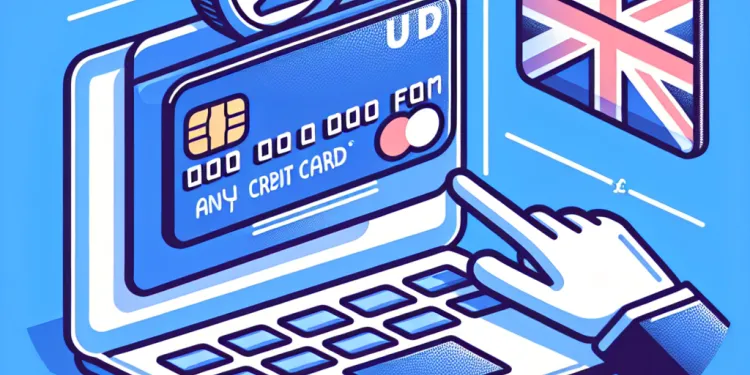
Can I transfer balances from any credit card?
Relevance: 94%
-

What is a Balance Transfer Credit Card?
Relevance: 93%
-

Can I use a balance transfer card for new purchases?
Relevance: 92%
-

Do balance transfer offers apply to new purchases?
Relevance: 90%
-

Is a balance transfer the right choice for me?
Relevance: 90%
-

How long does a balance transfer take?
Relevance: 89%
-

Can I transfer a balance to a card with no promotional offer?
Relevance: 89%
-
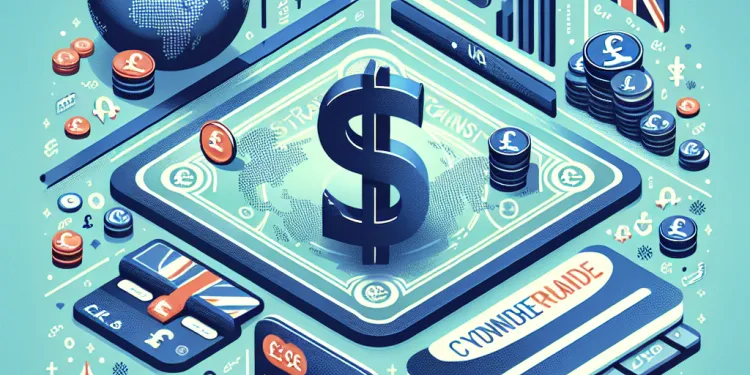
Will transferring a balance affect my credit score?
Relevance: 85%
-

Can I transfer a balance from a loan to a credit card?
Relevance: 83%
-

What is the typical duration of a promotional balance transfer offer?
Relevance: 80%
-

Is there a minimum transfer amount required?
Relevance: 77%
-
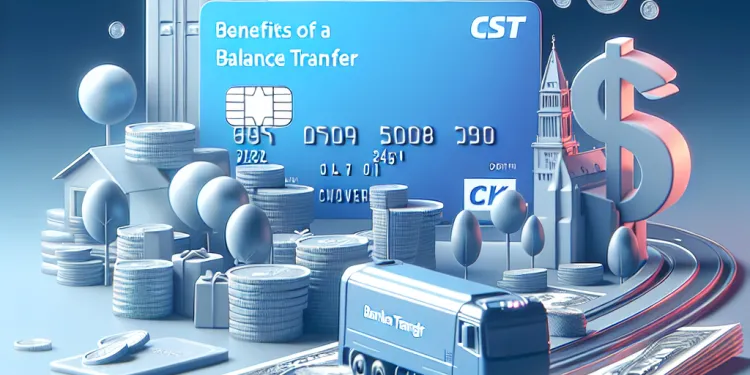
What are the benefits of a balance transfer credit card?
Relevance: 64%
-

How do I apply for a balance transfer card?
Relevance: 63%
-

Can I transfer my ISA between providers?
Relevance: 57%
-

What is a good credit score to qualify for a balance transfer card?
Relevance: 54%
-

How many embryos are usually transferred in IVF?
Relevance: 49%
-

What should I consider before doing a balance transfer?
Relevance: 48%
-
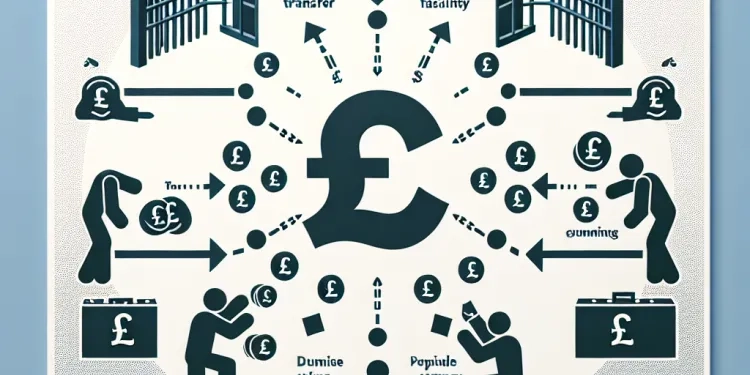
What happens if an inmate is transferred to another facility?
Relevance: 47%
-

How are embryos transferred during IVF?
Relevance: 44%
-

What happens when the introductory APR period ends?
Relevance: 31%
-
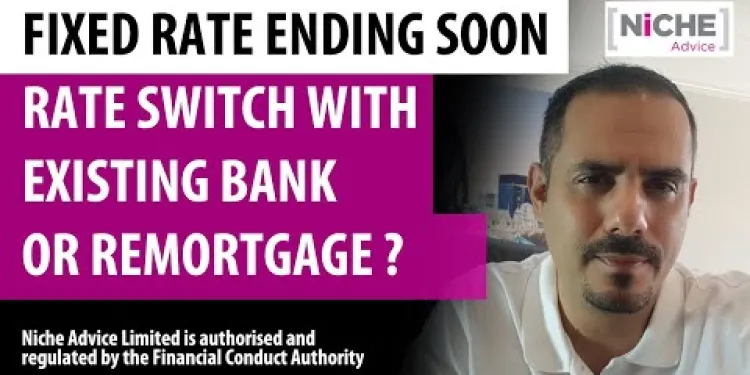
Product Transfer Rate Switch vs Remortgage What's Best
Relevance: 26%
-

Falls Prevention - strength and balance exercises
Relevance: 26%
-

Can I transfer my TV license to a new address?
Relevance: 24%
-

Is there any inheritance tax exemption for spouses or civil partners?
Relevance: 16%
-

Can I receive the payment if I live abroad?
Relevance: 15%
-

Labyrinthitis and Vertigo (BPPV): Hazel's story | NHS
Relevance: 13%
-
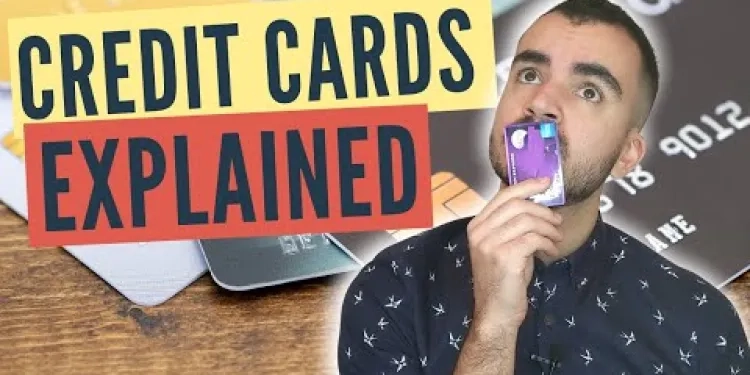
Credit Cards for Beginners Explained UK | Do's and Don't | Type of Cards
Relevance: 12%
-

IVF Fertility Treatment from MumsNet
Relevance: 12%
-
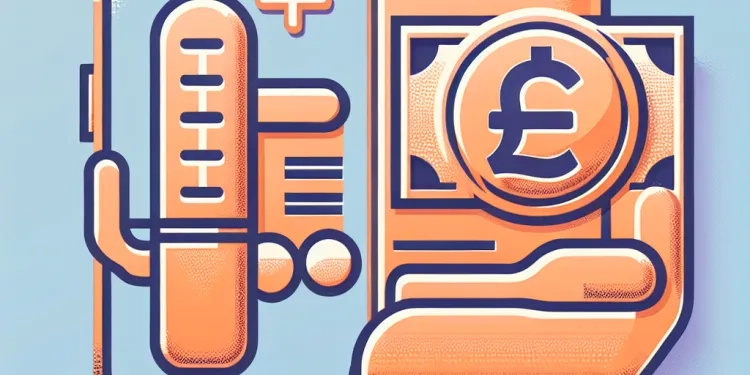
What should I expect during IVF treatment?
Relevance: 11%
-

What are potentially exempt transfers (PETs)?
Relevance: 11%
-

Credit Cards for Beginners Explained UK | Do's and Don't | Type of Cards
Relevance: 10%
-
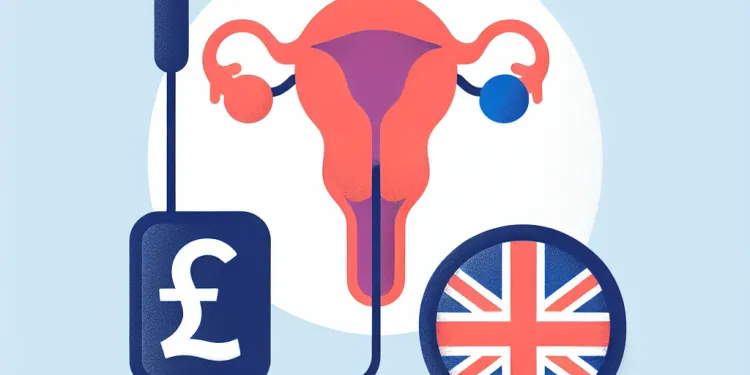
What is IVF?
Relevance: 10%
-

Exercise in patients with a neuropathy
Relevance: 10%
-
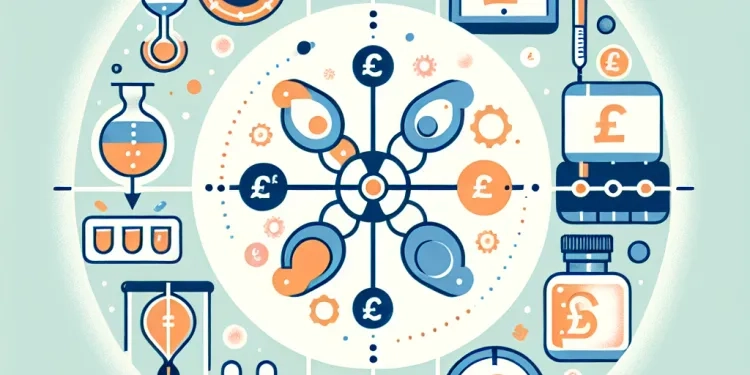
How long does an IVF cycle take?
Relevance: 10%
-
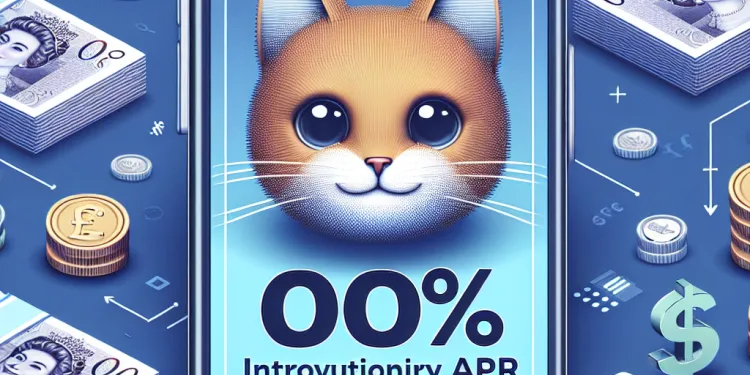
What does a 0% introductory APR mean?
Relevance: 9%
-
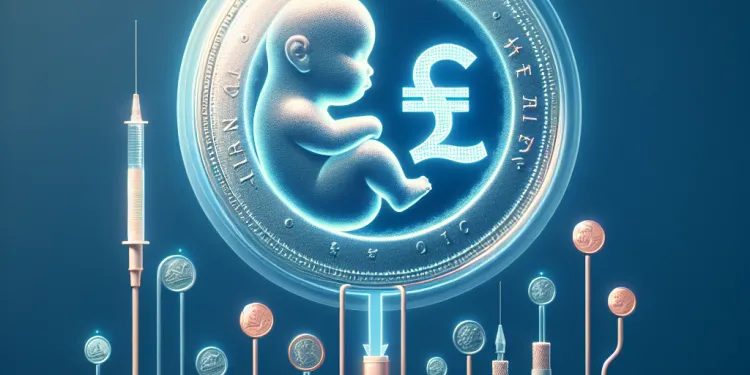
What is IVF and how does it work?
Relevance: 9%
-
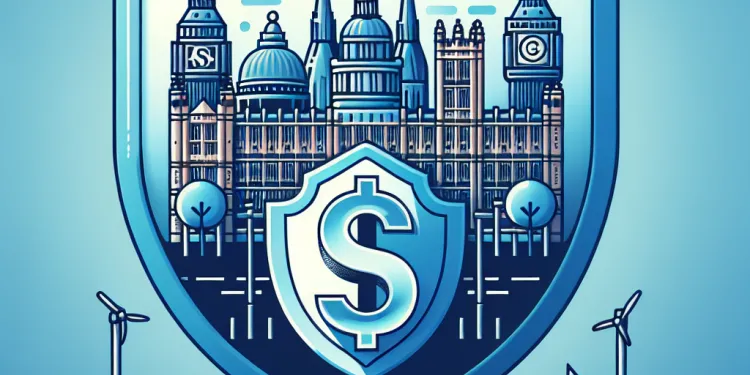
How can consumers protect themselves from hidden banking fees?
Relevance: 9%
Understanding Balance Transfers
A balance transfer involves moving debt from one credit card to another, typically to take advantage of a lower interest rate. This can be an effective strategy for managing debt, especially when facing high-interest rates on existing credit card balances. When considering a balance transfer, the primary goal is to reduce the amount of interest paid, thereby making the debt more manageable and possibly paying it off more quickly.
When a Balance Transfer Might Be Right for You
If you are dealing with substantial credit card debt at a high interest rate, a balance transfer might be the right choice. It allows you to shift the debt to a card with a lower interest rate, often an introductory 0% rate for a certain period. This can result in significant savings on interest, allowing more of your payments to go towards the principal balance. If you have a solid plan to pay off the transferred balance within the low-rate period, a balance transfer can be an excellent move.
Considerations Before Making a Balance Transfer
Before proceeding with a balance transfer, there are several factors to consider. Firstly, most balance transfer offers include a fee, typically around 3%-5% of the amount transferred. Ensure the potential savings outweigh this cost. Additionally, carefully check the terms and duration of the introductory rate. After the promotional period, the interest rate can significantly increase. You should also verify the credit limit of the new card to ensure it can accommodate your transfer.
Potential Risks of Balance Transfers
Despite the potential benefits, balance transfers have associated risks. If you fail to pay off the balance during the introductory period, the remaining balance may accrue interest at a higher rate, negating the advantages. Additionally, applying for a new credit card can impact your credit score due to the credit check required during the application process. Furthermore, missing a payment on the new card could lead to the loss of the promotional rate.
Is a Balance Transfer Suitable for You?
Determining if a balance transfer is suitable for your financial situation involves assessing your ability to pay off the debt within the interest-free or low-interest period. Consider your budget and spending habits to ensure you can meet the new payment terms without incurring additional debt. If you are confident in your plan to repay the balance, a transfer might be advantageous. However, if unsure, exploring other debt management strategies or consulting a financial advisor could be beneficial.
What is a Balance Transfer?
A balance transfer is when you move money you owe from one credit card to another. You do this to get a lower interest rate on the new card. This is helpful if you are paying lots of interest on your current card. The main goal is to pay less interest, so you can pay off your debt faster.
When Should You Think About a Balance Transfer?
If you have a lot of credit card debt with high interest, a balance transfer can help. This means moving your debt to a card with a lower rate, sometimes even 0% interest for a while. This saves you money, so you can pay off the debt sooner. If you have a plan to pay back the money during the low-interest time, a balance transfer can be a smart choice.
Things to Think About Before Doing a Balance Transfer
There are important things to know before you do a balance transfer. Most balance transfers have a fee, usually 3%-5% of the money you transfer. Make sure you will save more money than the fee. Also, check how long the low-interest rate lasts. After it ends, the rate can become high. Check the new card’s limit so you know your debt will fit on it.
Risks of Balance Transfers
Balance transfers have some risks. If you do not pay off your debt during the low-interest period, you will have to pay higher interest. This can cost you more money. Applying for a new card can also affect your credit score. If you miss a payment, you might lose the special interest rate.
Is a Balance Transfer Good for You?
Think about whether you can pay off the debt during the low-interest time. Check your budget to see if you can make the payments. If you are sure you can pay back the money, a balance transfer can be a good choice. If you are not sure, you might want to look at other ways to manage debt or talk to a money expert.
Frequently Asked Questions
What is a balance transfer?
A balance transfer is the process of moving existing high-interest debt from one or more credit cards to another credit card with a lower interest rate.
How can a balance transfer save me money?
A balance transfer can save you money by reducing the interest you pay on your existing debt, which helps you pay off your debt faster.
Are there fees associated with balance transfers?
Yes, many credit card companies charge a balance transfer fee, typically 3% to 5% of the amount being transferred.
How does a balance transfer affect my credit score?
A balance transfer can temporarily lower your credit score due to the hard inquiry and change in credit utilization, but it can improve your score in the long run if you pay off your debt.
Can I transfer a balance between two cards from the same issuer?
Most credit card issuers do not allow balance transfers between two credit cards they issue.
What is a promotional 0% APR period?
A promotional 0% APR period is a limited time, often between 6 to 21 months, when no interest is charged on transferred balances, allowing for interest-free debt repayment.
Should I still make payments while the transfer is being processed?
Yes, continue making payments on your original credit card accounts until the transfer is confirmed and complete.
What happens if I don’t pay off the balance during the 0% APR period?
If you don’t pay off the transferred balance during the 0% APR period, the remaining balance will begin to accrue interest at the card’s standard APR.
Can I transfer other types of debt to a credit card with a balance transfer?
Typically, only credit card balances can be transferred, but some cards may allow the transfer of other types of personal loans.
Is a balance transfer worth it if I have a small amount of debt?
A balance transfer might not be worth it for small amounts of debt due to potential fees. It often makes sense for higher balances.
How do I qualify for a balance transfer card?
To qualify for a balance transfer card, you'll typically need good to excellent credit.
Can I do multiple balance transfers?
Yes, you can make multiple balance transfers, but each transfer will be subject to the card’s terms, including any fees.
What should I consider before choosing a balance transfer card?
Consider the length of the 0% APR period, balance transfer fee, regular APR, and any other perks or fees associated.
How long does a balance transfer take to process?
Balance transfers can take anywhere from a few days to six weeks to complete, depending on the issuer.
Can I still use my old credit card after transferring the balance?
Yes, but it’s advisable to not accumulate new debt on that card to avoid financial strain.
Why might a balance transfer be a bad idea?
A balance transfer might be a bad idea if the fees outweigh the savings, if you can’t repay before the promo period ends, or if it encourages more spending.
Are there alternatives to a balance transfer?
Yes, alternatives include personal loans, negotiating lower interest rates, or using a home equity line of credit.
What is the recommended credit score for a balance transfer card?
A credit score of 670 or higher is typically recommended to qualify for the best balance transfer cards.
How can I find the best balance transfer offer?
Research and compare offers based on APR, fees, and promotional periods, and consider using online comparison tools.
What happens to my old card after a balance transfer?
The old card won’t be closed automatically; you can keep it open to maintain your credit utilization ratio, but use it wisely.
What is a balance transfer?
A balance transfer is when you move money you owe from one credit card to another. This can help you pay less interest.
Tools that might help:
- Use a calculator to see how much money you can save.
- Ask someone you trust to help explain.
A balance transfer is when you take the money you owe on one or more credit cards and move it to another credit card that has a lower interest rate. This can help you pay less in interest.
How can moving my card debt help me save money?
If you have credit card debt, moving it to a new card with low interest can save you money.
Here are some tips to help you:
- Make sure the new card has a lower interest rate.
- Check for any extra costs.
- Try to pay more than the minimum each month.
Tools that can help:
- Use a calculator to see how much you will save.
- Ask someone you trust to help you understand your choices.
Moving your debt to a new card can help you pay less interest. This means you can pay off what you owe quicker.
Do you have to pay money to move your balance?
Yes, lots of credit card companies ask for a fee when you move money from one card to another. This fee is usually 3% to 5% of the money you are moving.
What happens to my credit score when I move my credit card debt?
When you move debt from one credit card to another, this is called a balance transfer. It can help you pay off your debt faster.
Here’s how a balance transfer might change your credit score:
- **Credit Limit**: If the new credit card gives you a higher limit, your credit score might go up.
- **Credit Use**: Using less of your credit can help your score. Try not to use all your credit.
- **Credit History**: Opening a new card might lower your score a little at first. This can get better over time if you pay on time.
- **Old Accounts**: Keeping old credit accounts open can help your score because it shows long borrowing history.
To check and improve your credit score, you can use free websites. Try setting reminders to pay on time. This helps your score go up too!
Moving your debt from one card to another can make your credit score go down a little at first. This is because the bank checks your credit and you use your credit in a new way. But, if you pay off the money you owe, your credit score can get better over time.
Can I move money between two cards from the same bank?
Most credit card companies won't let you move money from one of their cards to another of their cards.
What is a 0% APR time?
A 0% APR time means you do not pay extra money when you borrow. APR is the extra money you pay when you use a credit card.
This special time does not last forever. It's a short time to help people. It can be a good way to pay less money.
If you have trouble with reading, ask someone you trust to help you. You can also use tools like audiobooks or text-to-speech apps to listen to the words.
A promotional 0% APR period is a special time when you don’t have to pay any extra money on top of what you owe. This time can last from 6 to 21 months. You can use this time to pay back what you owe without paying more money in interest.
Do I need to keep paying while waiting for the transfer?
Yes, keep paying your old credit card bills until you know the move is done for sure. You can use reminders or a calendar to help remember.
What happens if I don't pay all the money back during the 0% time?
Here is what you need to know:
- You have a special time when you don’t pay extra money (interest) on what you owe. This is called the 0% time.
- If you don’t pay all the money back during this 0% time, you might have to start paying extra money (interest) afterward.
- Ask someone you trust to help you plan to pay the money back on time.
- You can use a calendar or reminders on your phone to keep track of payment dates.
Try to pay all the money before the 0% time ends, so you don’t have to pay extra.
If you don't pay all the money you moved to the new card before the 0% APR time ends, you will have to pay extra money on what is left. This extra money is called interest.
Can I move my other debts to a credit card?
You might be able to move money you owe (debts) to a credit card.
This is called a "balance transfer."
Check with your credit card company first. They will tell you how it works.
If you find reading hard, you can ask someone you trust to help you.
You can also use tools that read aloud or make words bigger on your screen.
You can usually move money you owe on credit cards to another card. Some cards might let you move money you owe on other kinds of loans, too.
Should I move my small debt to another card?
If you owe a small amount of money, moving it to another card might not be a good idea because there might be extra costs. It's usually better for bigger amounts of money.
How can I get a balance transfer card?
To get a balance transfer card, you need to:
- Have a good credit score. This is like a report card for how well you pay bills.
- Earn enough money to pay the card back.
- Fill out a form to apply for the card.
If you need help with reading or filling out forms, ask a friend or family member. You can also use tools like text-to-speech programs to read out loud or apps that help you understand words.
To get a balance transfer card, you usually need to have good or excellent credit. This means you should be good at paying your bills on time.
Can I move more than one balance?
Yes, you can move money from one card to another card more than once. Each time you do this, you have to follow the card’s rules. There might be costs you have to pay.
What things should I think about before picking a balance transfer card?
Here are some tips to help you:
- Interest Rate: Look for a card with a low or 0% interest rate for balance transfers. This means you won't pay extra money on top of what you owe.
- Transfer Fee: Check if there is a fee to move your debt to the new card. Some cards charge a fee, which can be a percentage of the amount you transfer.
- Time Limit: Know how long the low interest rate lasts. Make sure you can pay off your debt before the rate goes up.
- Credit Score: Make sure your credit score is good enough to qualify for the card you want.
You can ask for help from a family member or use a calculator to see how much you can save. You can also try using a colored overlay or ruler to help you read. These tools can make it easier to understand the card's details.
Think about how long you don't have to pay interest. This is called the 0% APR period. Look at the fee to move your balance, called the balance transfer fee. Check the regular interest rate, known as the regular APR. Also, notice any extra benefits or costs.
How long does it take to move money from one card to another?
Moving a balance can take some time. It might be done in a few days or it might take up to six weeks. It depends on the company you choose.
You can ask someone who knows about money to help you. You can also use a calendar to track the days it takes.
Can I use my old credit card after moving the debt?
Yes, but try not to borrow more money on that card, so you don't have money problems.
Why could moving money on a credit card be a bad idea?
Sometimes, moving money from one credit card to another sounds smart. It can help with paying less money back, but it might not always be a good choice. Here are some reasons why:
- Fees: You might have to pay extra money to move your debt. This is called a fee.
- High interest later: At first, the new card might have low interest. After a little while, the interest could go up. You might end up paying more.
- More debt: You might be tempted to spend more money since you moved your debt. This can make the debt even bigger.
If you do need help, talk to someone who understands money. You can also use fun apps that help you plan how to save money. They use big pictures and easy words to help you.
Moving your money to a new card might be bad if the costs are more than the money you save, if you can't pay it back in time, or if it makes you spend more.
What else can I do instead of a balance transfer?
Yes, there are other choices like taking a personal loan, asking for lower interest rates, or using money from your home's value.
What credit score do you need for a balance transfer card?
To get a balance transfer card, it's good to have a credit score that is higher than average. This means your score should be more than 670. You can check your credit score on websites like Experian or Equifax. These tools can help you understand your credit score better.
You need a high credit score to get a good balance transfer card. A credit score of 670 or more is usually best.
What is the best way to find a good balance transfer offer?
Here is how you can find a good deal:
- Look at different offers from banks and credit card companies.
- Compare the interest rates. Lower is better.
- Check how long the low rate lasts.
- See if there are any fees for transferring a balance.
- Ask someone you trust for help if you're not sure.
Using a calculator can help you understand what different offers mean. You can also use help from apps or websites that compare offers for you.
Look at different offers and compare them. Check the APR, any fees, and any special deals they have. Use websites that help you compare these offers.
What happens to my old card after I move my balance?
You have to close the old card yourself. It won't close on its own. Keeping it open can help with your credit score. But remember to use it smartly.
Useful Links
- Ergsy carfully checks the information in the videos we provide here.
- Videos shown by Youtube after a video has completed, have NOT been reviewed by ERGSY.
- To view, click the arrow in centre of video.
- Most of the videos you find here will have subtitles and/or closed captions available.
- You may need to turn these on, and choose your preferred language.
- Go to the video you'd like to watch.
- If closed captions (CC) are available, settings will be visible on the bottom right of the video player.
- To turn on Captions, click settings .
- To turn off Captions, click settings again.
More Items From Ergsy search
-

How does a balance transfer work?
Relevance: 100%
-

What is a balance transfer credit limit?
Relevance: 98%
-

Are there any fees associated with balance transfers?
Relevance: 97%
-

Can I transfer balances from any credit card?
Relevance: 94%
-

What is a Balance Transfer Credit Card?
Relevance: 93%
-

Can I use a balance transfer card for new purchases?
Relevance: 92%
-

Do balance transfer offers apply to new purchases?
Relevance: 90%
-

Is a balance transfer the right choice for me?
Relevance: 90%
-

How long does a balance transfer take?
Relevance: 89%
-

Can I transfer a balance to a card with no promotional offer?
Relevance: 89%
-

Will transferring a balance affect my credit score?
Relevance: 85%
-

Can I transfer a balance from a loan to a credit card?
Relevance: 83%
-

What is the typical duration of a promotional balance transfer offer?
Relevance: 80%
-

Is there a minimum transfer amount required?
Relevance: 77%
-

What are the benefits of a balance transfer credit card?
Relevance: 64%
-

How do I apply for a balance transfer card?
Relevance: 63%
-

Can I transfer my ISA between providers?
Relevance: 57%
-

What is a good credit score to qualify for a balance transfer card?
Relevance: 54%
-

How many embryos are usually transferred in IVF?
Relevance: 49%
-

What should I consider before doing a balance transfer?
Relevance: 48%
-

What happens if an inmate is transferred to another facility?
Relevance: 47%
-

How are embryos transferred during IVF?
Relevance: 44%
-

What happens when the introductory APR period ends?
Relevance: 31%
-

Product Transfer Rate Switch vs Remortgage What's Best
Relevance: 26%
-

Falls Prevention - strength and balance exercises
Relevance: 26%
-

Can I transfer my TV license to a new address?
Relevance: 24%
-

Is there any inheritance tax exemption for spouses or civil partners?
Relevance: 16%
-

Can I receive the payment if I live abroad?
Relevance: 15%
-

Labyrinthitis and Vertigo (BPPV): Hazel's story | NHS
Relevance: 13%
-

Credit Cards for Beginners Explained UK | Do's and Don't | Type of Cards
Relevance: 12%
-

IVF Fertility Treatment from MumsNet
Relevance: 12%
-

What should I expect during IVF treatment?
Relevance: 11%
-

What are potentially exempt transfers (PETs)?
Relevance: 11%
-

Credit Cards for Beginners Explained UK | Do's and Don't | Type of Cards
Relevance: 10%
-

What is IVF?
Relevance: 10%
-

Exercise in patients with a neuropathy
Relevance: 10%
-

How long does an IVF cycle take?
Relevance: 10%
-

What does a 0% introductory APR mean?
Relevance: 9%
-

What is IVF and how does it work?
Relevance: 9%
-

How can consumers protect themselves from hidden banking fees?
Relevance: 9%